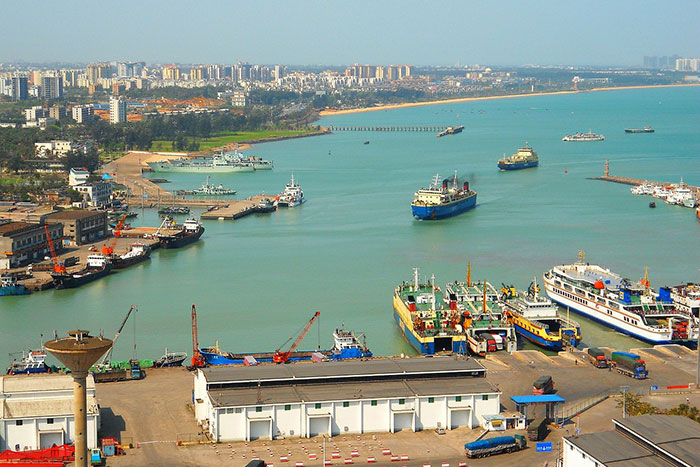China, in an unprecedented move, led 14 other countries to set up the world’s largest trading bloc, which comprises nearly one-third of all economic activities in the world. This new deal is seen as a way for China to showcase its growing influence and a way for the participating nations to recover from the devastating impact of the coronavirus pandemic.
The new deal termed the Regional Comprehensive Economic Partnership (RCEP) was signed virtually on Sunday during the annual summit of the Association of Southeast Asian Nations – a 10-member regional bloc.
“I am delighted to say that after eight years of hard work, as of today, we have officially brought RCEP negotiations to a conclusion for signing,” said Prime Minister Nguyen Xuan Phuc of Vietnam, host of the summit.
“The conclusion of RCEP negotiation, the largest free trade agreement in the world, will send a strong message that affirms ASEAN’s leading role in supporting the multilateral trading system, creating a new trading structure in the region, enabling sustainable trade facilitation, revitalizing the supply chains disrupted by COVID-19 and assisting the post-pandemic recovery,” Phuc remarked.
The new deal is expected to crash the trade tariffs between member countries further. Yet still, this deal is not as encompassing as that of the 11-nation trans-Pacific trade deal that President Donald Trump exited when he became president.
The latest RCEP deal includes China, Japan, South Korea, Australia and New Zealand, and the 10-member ASEAN countries. The new deal makes it possible for India to rejoin the bloc it dropped out from, which mandated that it opened its domestic market as part of the eligibility requirements. The United States is a visible absentee from this current deal, Yahoo News reports.
While the trade deal is not expected to reach European Union countries, it leaves room for building on existing free trade arrangements. The new trade deal is also in stark contrast with the “America First” policy of President Trump’s administration, which opted to deal individually with other nations. It reminds observers that Asia is taking the multi-nation approach to its trade deals touted to bring in the much-needed economic boom.
According to Gareth Leather, a senior economist for Capital Economics, the deal also has enormous implications for China while giving it more significant say in trade within the region. China is also striving to promote itself as the model of globalization and multilateral cooperation.
Chinese Premier Li Keqiang hailed the agreement as a landmark achievement of East Asian countries towards more cooperation and free trade. As the countdown begins towards President-elect Joe Biden’s inauguration, analysts can’t say if he plans on rejoining the trans-Pacific trade deal or would engage in a less confrontational stance with Beijing, who grew increasingly frustrated with the many sanctions it was getting from Trump.
Free trade agreements often take away manufacturing jobs overseas, according to critics of this trade approach. It remains to be seen if Biden will risk losing the support of American workers who are usually the most affected by free trade deals. China’s influence is growing, and it is expected that to promote US interests, Biden would have to engage more with Southeast Asia.
Source: nbcnews.com









